Confederation At It’s Finest
Hi y’all and welcome back to another blog post! In this blog post, I will be telling you about another project that we have just completed in this year’s Humanities class. The driving question for this project was “How and why did canada develop into a nation?”. After getting split up into our colonies, for the past few weeks, we learned about what it was like back then (before confederation) and about our colonies. In this project, we basically imitated how confederation in Canada went, except with our own little twist: the Charlottetown conference and the Quebec conference. Except for us, we had our preliminary proposals presented on a keynote and our final proposals presented by a video commercial.
1. Confederation Response
Our first milestone was to read a document and basically take notes to put into an essay that would be answering the question: What factors lead to confederation?
My main point that talked about in my entire text was about human nature (i.e it is human nature to seek independence and prosperity). I continued to ramble on proving good points provided with good evidence and research that I think really boosted up my showing of the core competency “Evidence”. Our other core competency was “create”. Now, in this milestone, there wasn’t really anything for us to “create” as in images and such that would enhance our text, but, as I continue to improve my writing skills, I think that I used a good technique in organizing my different points to include as much information as possible with it still all making sense in the process.
Core competencies:
Evidence: How do we evaluate evidence to decide if it is adequate to support a historical conclusion?
Create: What literacy skills am I using to write, speak, and represent in the texts I create?
2. Colony Research
Next, after we were split up into our colony research groups; mine was canada west with Holly, Ryan, Anthony and Finn. We started to form our preliminary proposals with doing research on our and the other colonies. In this document, we chose a source and stated reasons for us to be for or against confederation.
Evidence: How do we evaluate evidence to decide if it is adequate to support a historical conclusion?
Create: What literacy skills am I using to write, speak, and represent in the texts I create?
In this milestone, there wasn’t really much for us to do about “evidence”, since all we really had to do was find a source, write down the reasons for and against confederation in point form, then, write down your source—plus, to have a separate work cited document. Next, for our “create” competency, we did all what was asked to do, but the feedback that we received was that we just scraped the surface of some of the complexities of canada east, so that in the future, we need to divide our research more evenly to show the efforts of 5 individuals. I understand what Ms Maxwell, was talking about because, although we did split up the tasks as in each person giving a source, we should’ve gone way more in depth.
3. Preliminary proposals
Next was our preliminary proposals. In this milestone, it’s where we created a keynote to outline 6 factors for our colony to join confederation. Our factors were:
– To have our capital city in Ottawa
– To have the railway connect all the colonies
– To get more land for our farming (with canada east)
– For the primary language to be English and secondary to be french
– To build canals to connect all of our great lakes
– Expand western of canada (British Colombia)
Here was our keynote:
Evidence: How do we evaluate evidence to decide if it is adequate to support a historical conclusion?
4. Video screenplay
Our next step was to make a screenplay for what we wanted our commercial to look like. Although, I did have a little trouble communicating with my group with this milestone, we still got it done and had some pretty good ideas. I also made sure to make some visuals to specify parts of our presentation.
Evidence: How do we evaluate evidence to decide if it is adequate to support a historical conclusion?
For the curricular competency “evidence”, there wasn’t much of a way for us to show that competency. But, for “create”, we did show that pretty well because, we made our screenplay simple, yet creative, clear and detailed, making it easier for us to follow it on the day that we filmed.
5. Colony commercial
Evidence: How do we evaluate evidence to decide if it is adequate to support a historical conclusion?
There wasn’t really much of an opportunity for us to show “evidence”. But, on the create side, we made our commercial light hearted, clear, not over the time limit and specific (thanks to the visuals in the back, using the green screen).
6. Final bill proposals and decision
Our next step was to create the “contract” binding all of our factors together, for each colony to make a decision of wether or not they wanted to join. The only problem? None of the colonies wanted to join confederation (in our case). Here were the final proposals and why we decided not to join:
Proposals:
Railway – Ottawa and toronto to halifax and extending to British columbia
Military protection – provided by capital city
Financial aid – be supported in case of disaster or invasion – canals, industry, railway
Responsible government – represented in the House of Commons in the capital city, represented by the same number of seats, elections held and run by canada east
Language rights – English as first and French as second, spoken in all governmental buildings and taught in school
Ottawa as capital city
Reasons for not joining confederation:
– Having to be in charge of military, probably giving up most of our population since we are the biggest
– Losing money, not gaining any
– No guaranteed land gain for farming
– No free trade
– Expanding west
– Equal representatives
– No financial support from other colonies
Anyways, all of this aside, this was a great project that I really enjoyed doing. We got to learn more about Canada’s history which is always super interesting, we got to use a green screen and we got to imitate and reenact what it what like back in 1866.
See you in my next blog post!
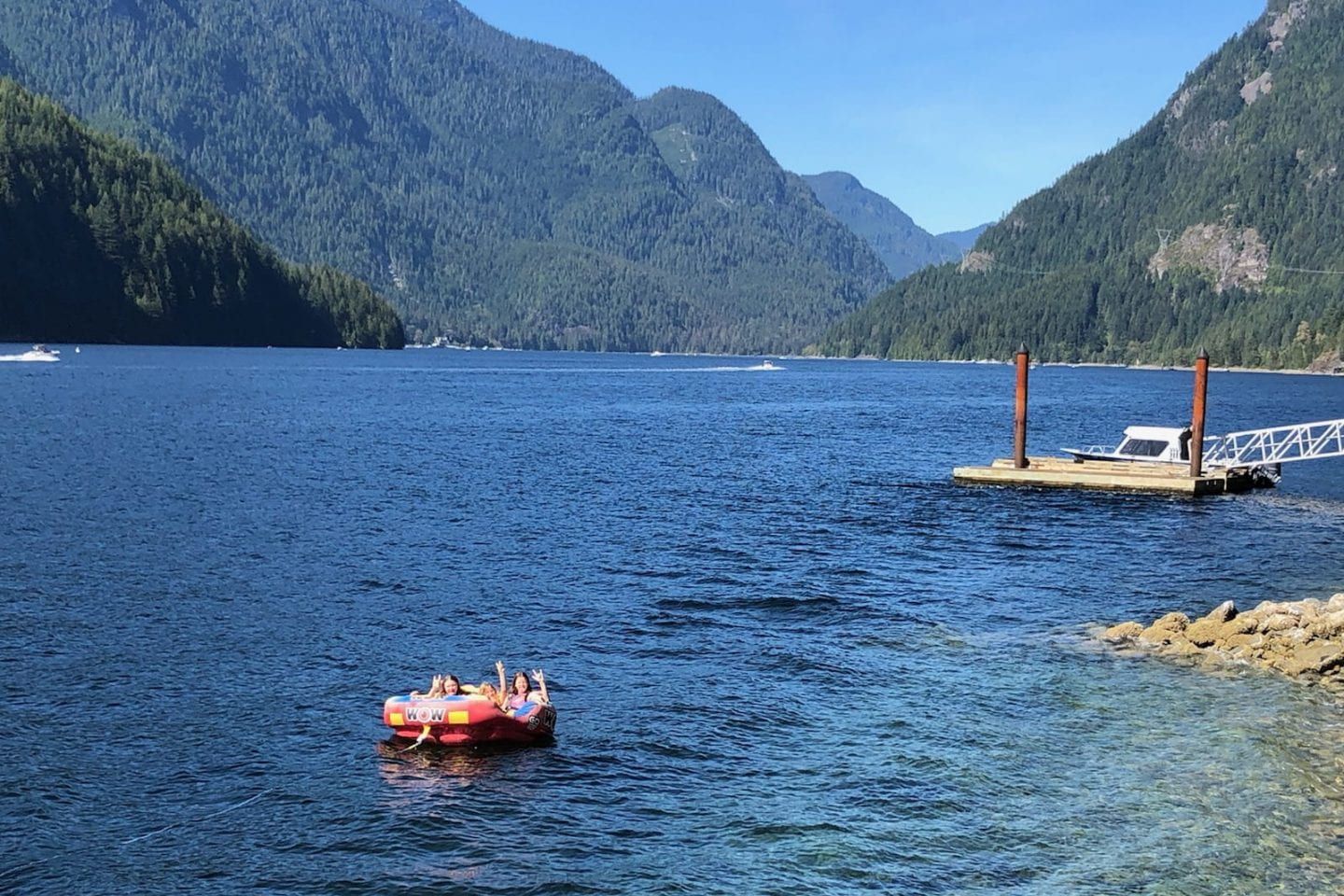


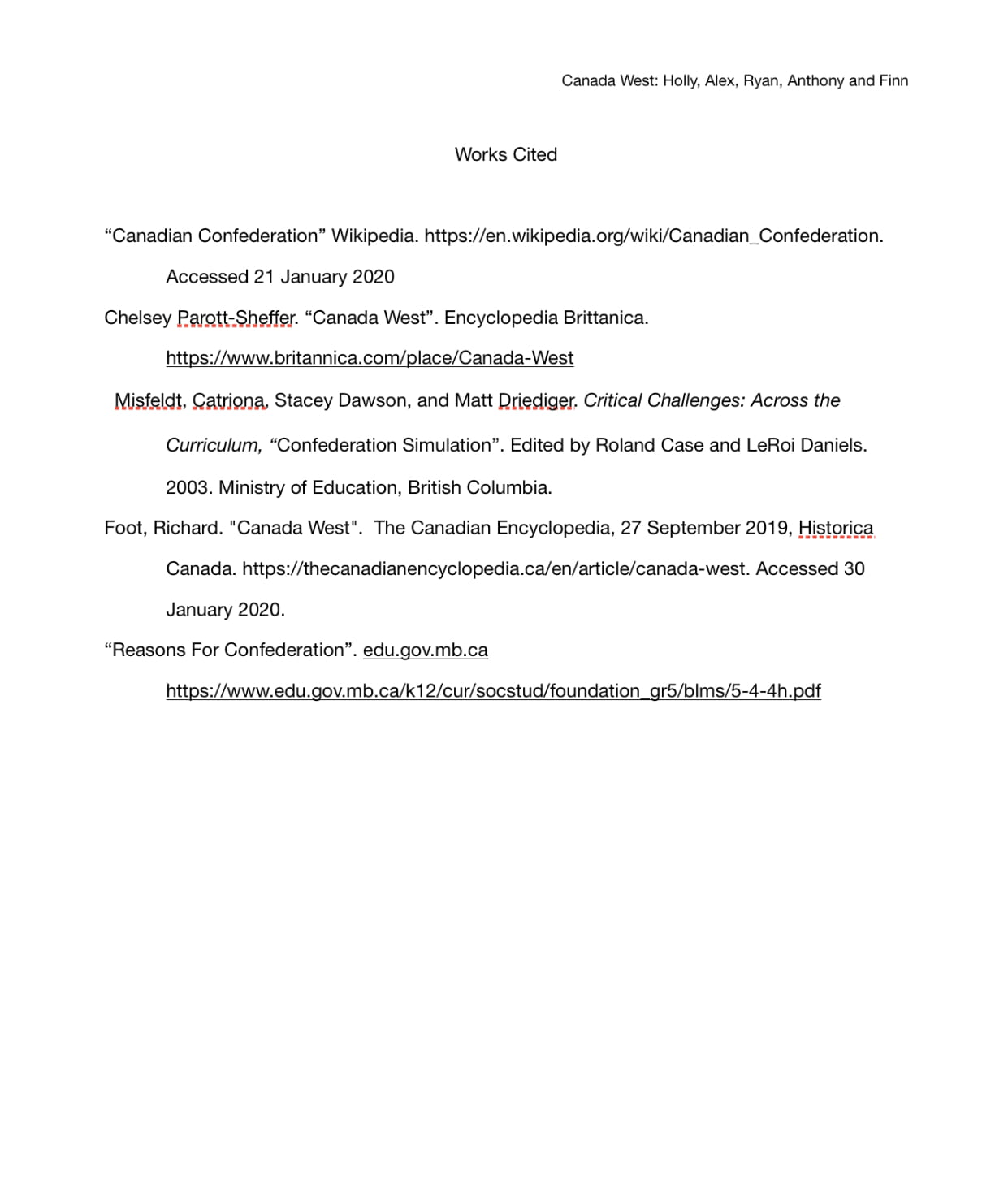

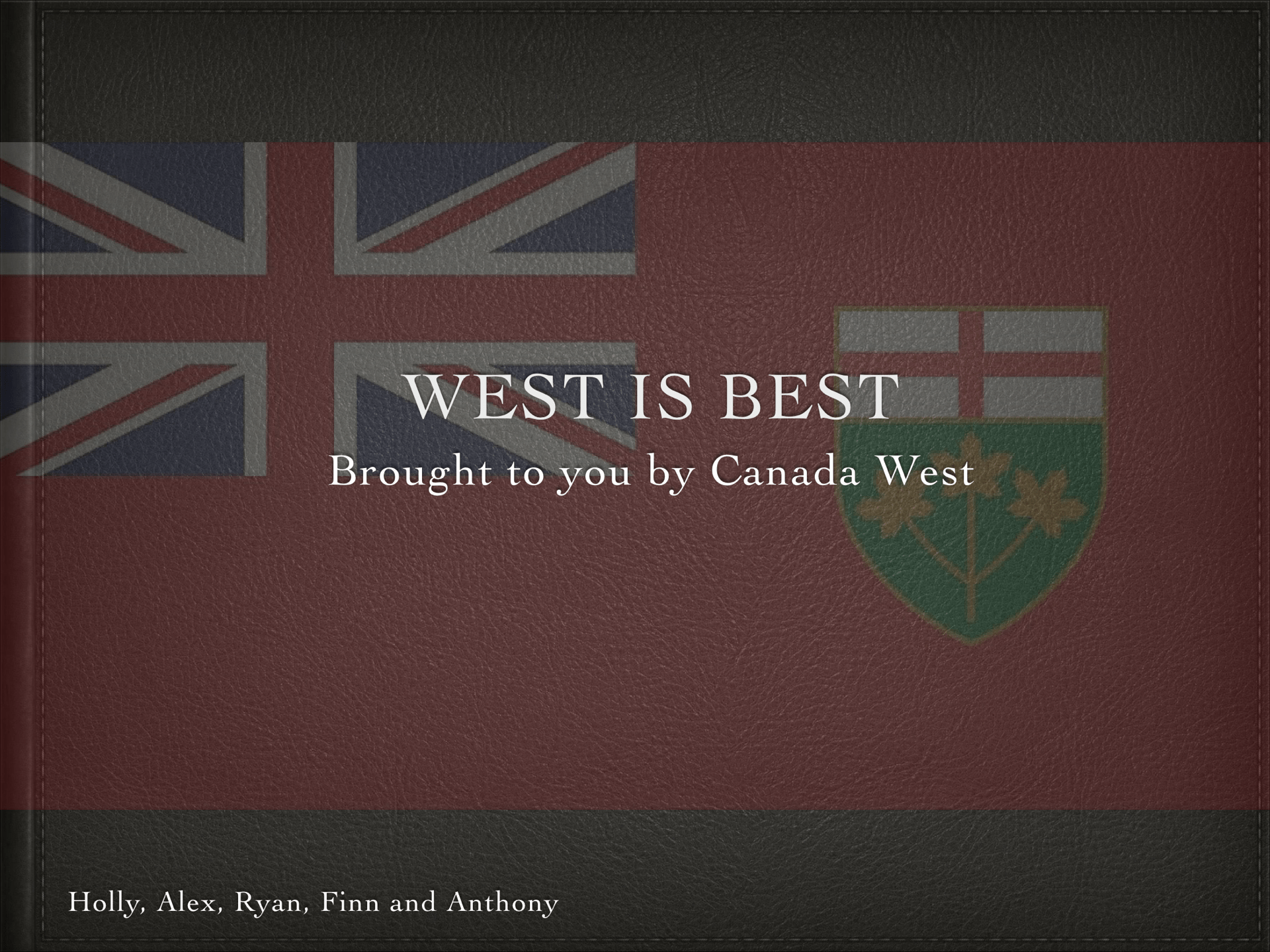

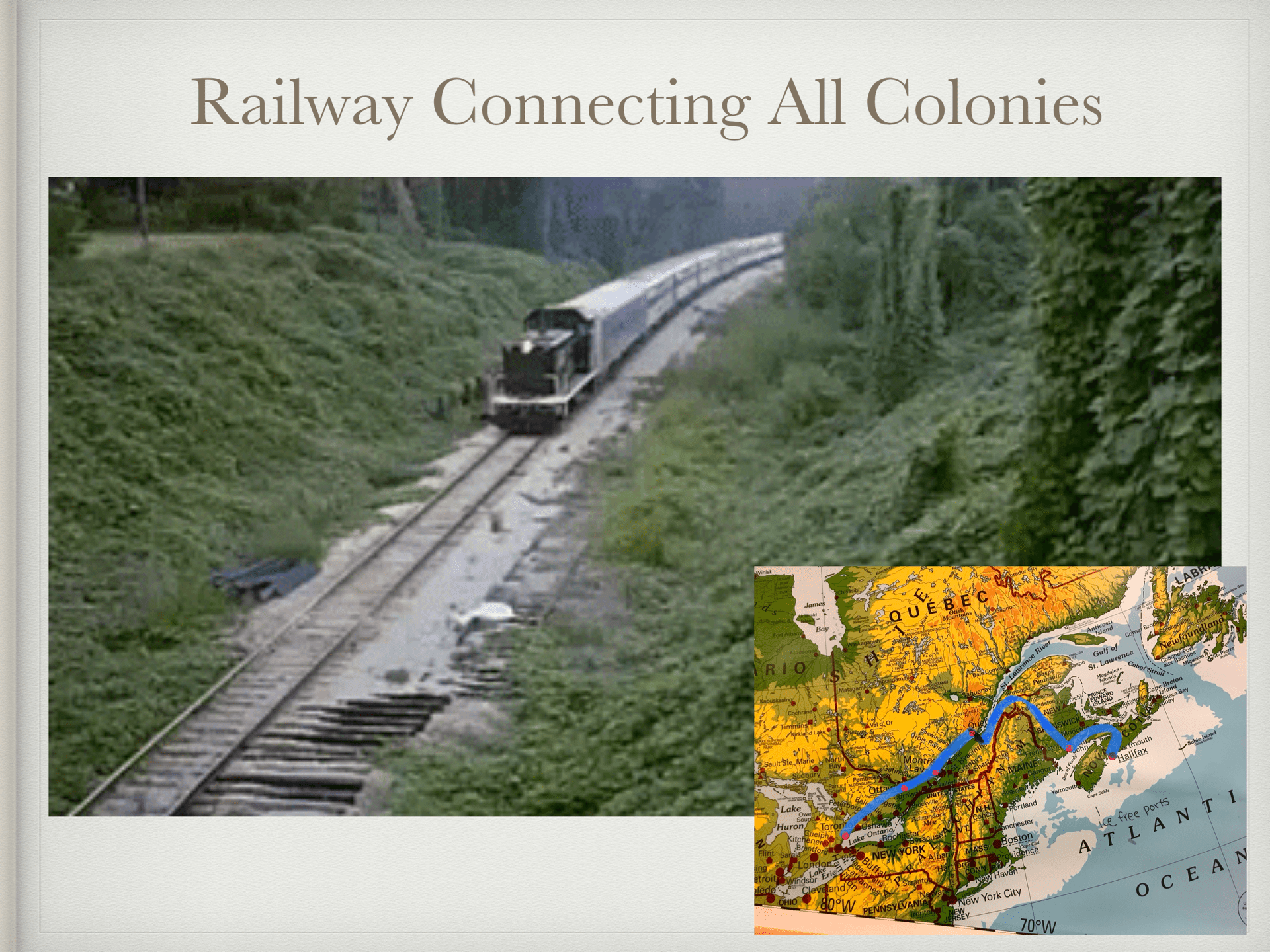

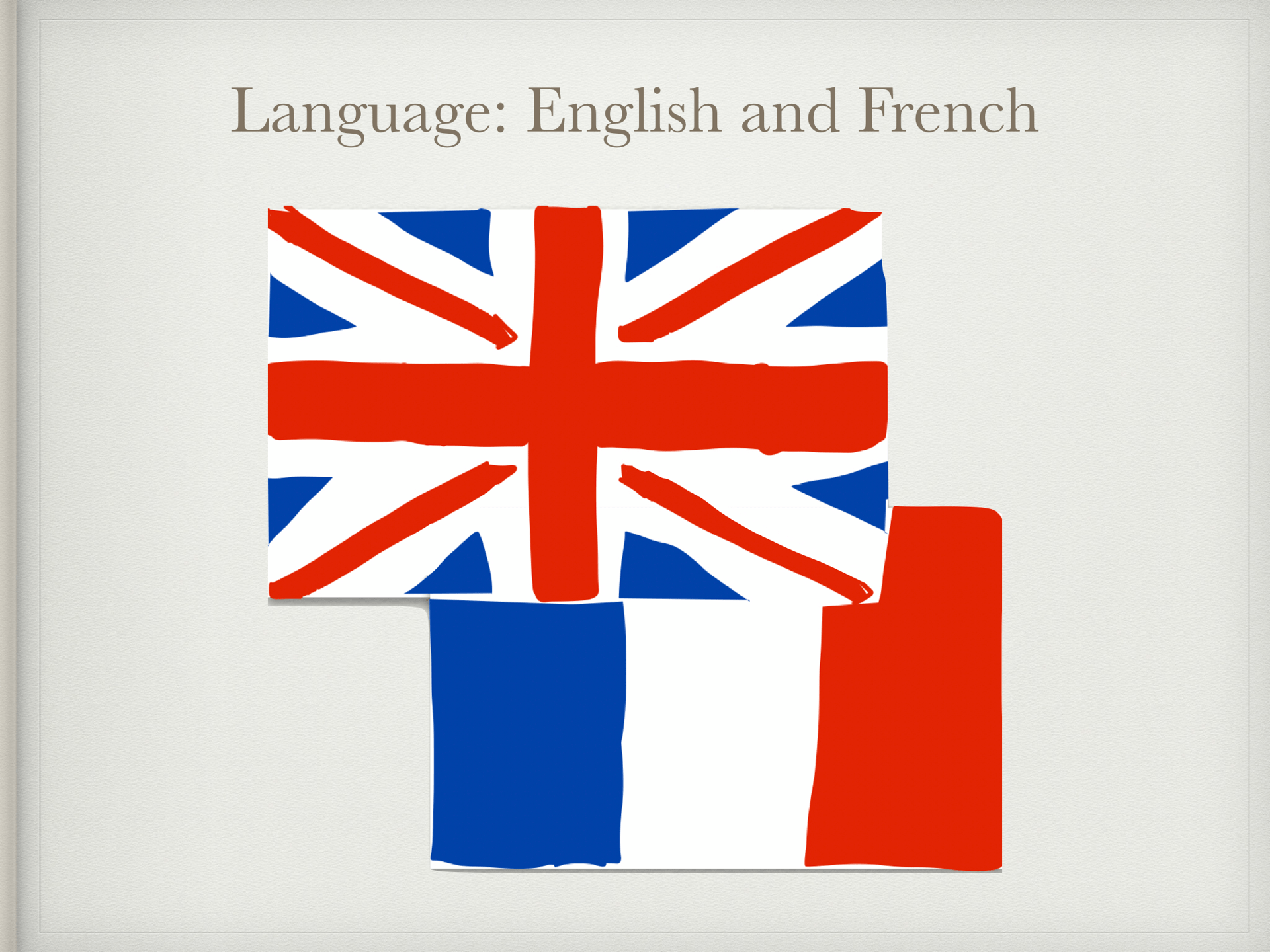


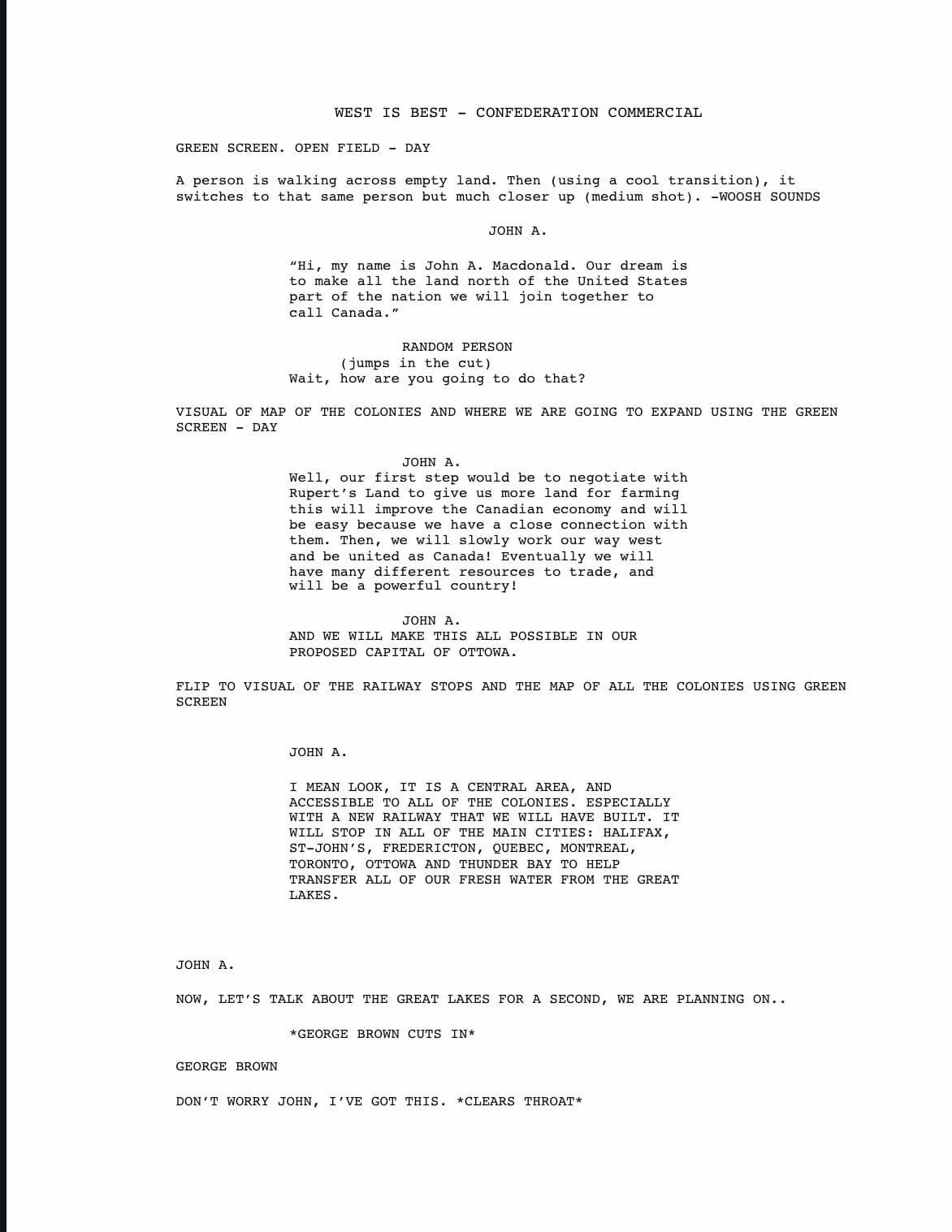

I liked how organized your post was!
Thank you Gabe!